Hubble easily resolves the Sombrero galaxy’s rich system of globular clusters, estimated to be nearly 2,000 in number — 10 times more than the number of globular clusters in our Milky Way.
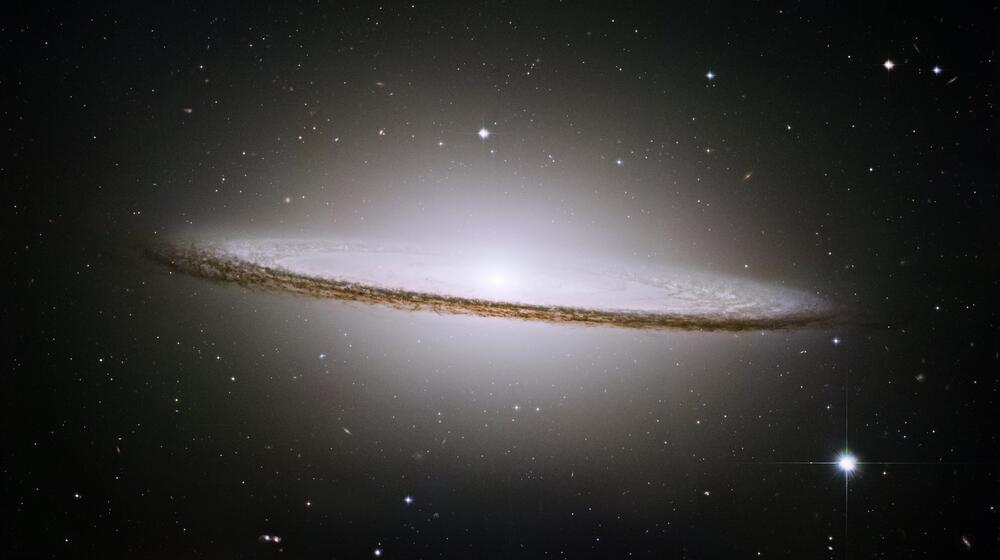

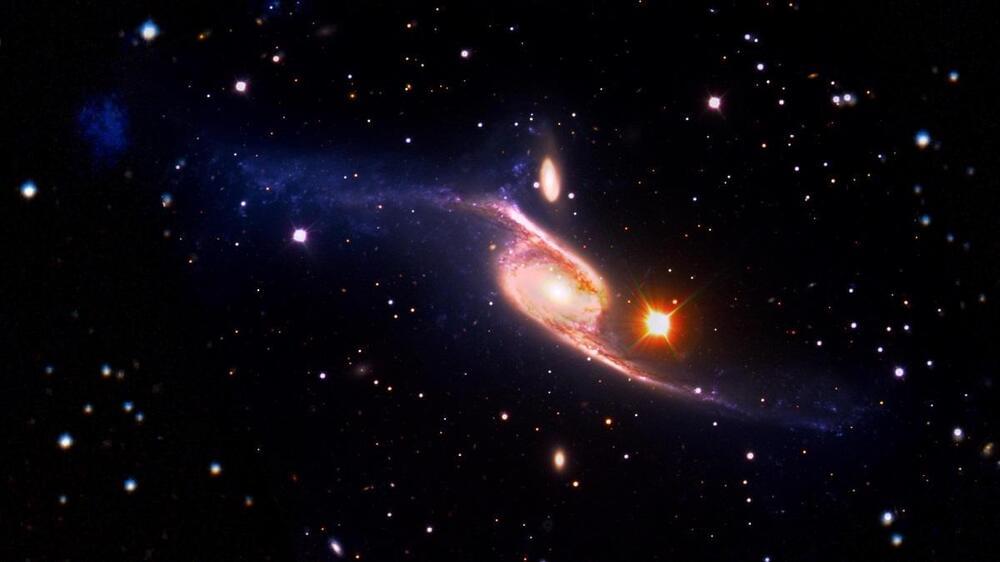
A spectacular new photo has been released showing the record-holder for largest galaxy in the universe.
NGC 6872, also known as the Condor Galaxy, stretches 522,000 light years from tip to tip. The Milky Way is approximately 100,000 light years across.
The galaxy is visible in the southern skies as part of the Pavo constellation, and is 212 million light-years from Earth.
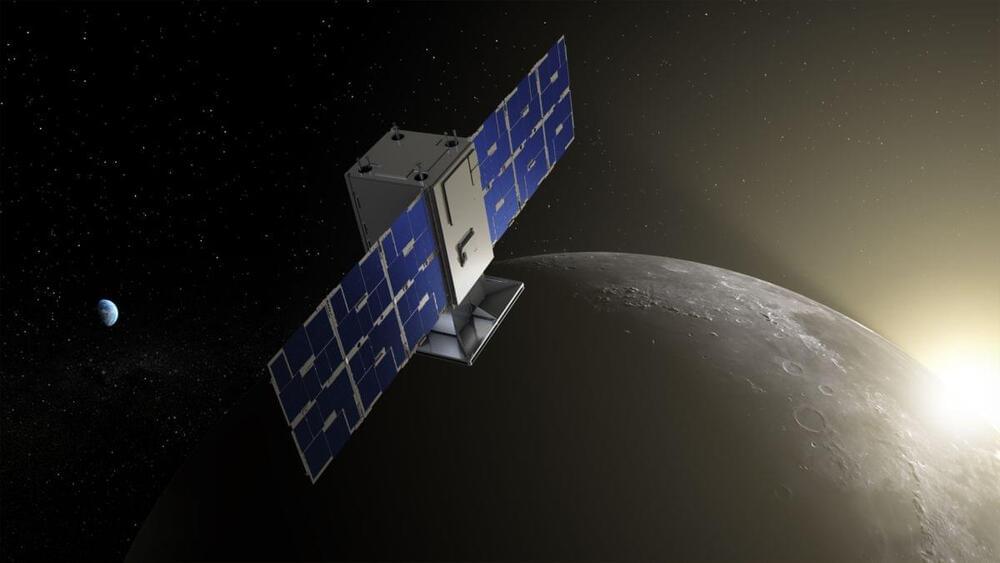
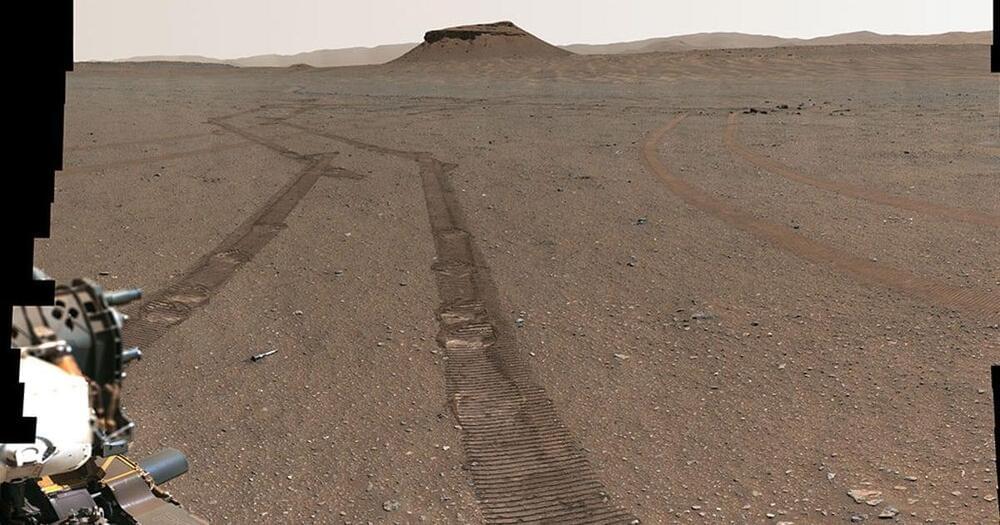
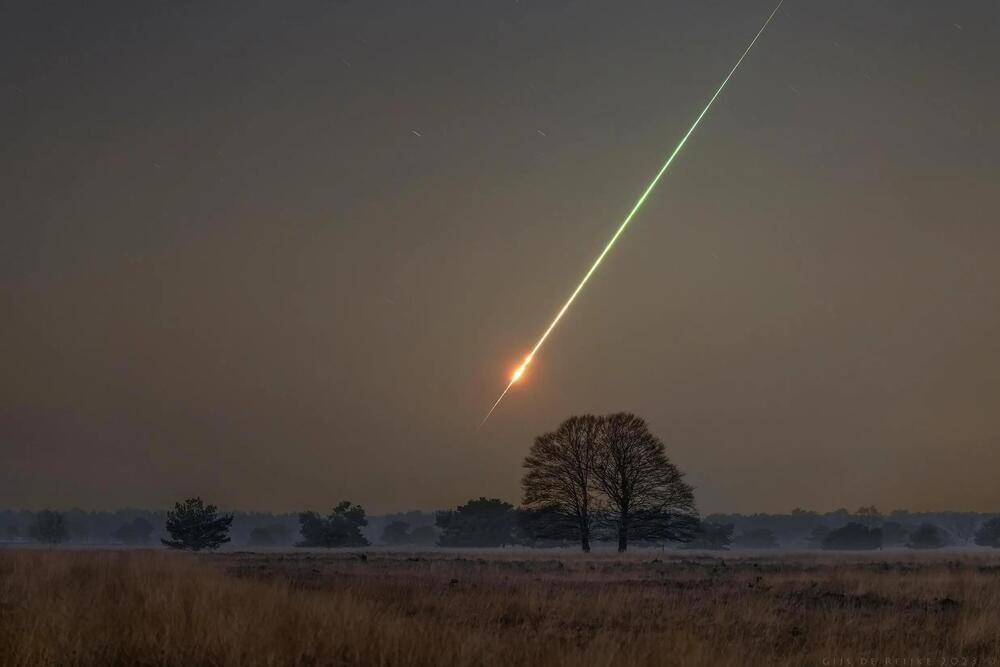
For the seventh time, a small asteroid – a meteoroid as astronomers call it – was discovered in space as it raced towards Earth for impact. The predicted time and location of the impact (02:50 – 03:03 UTC
Coordinated Universal Time or Universal Time Coordinated (UTC) is the primary time standard by which the world regulates clocks and time. Prior to 1972, this time was called Greenwich Mean Time (GMT) and is also known as “Z time” or “Zulu Time.” It is, within about 1 second, mean solar time at 0° longitude.
The PneumoPlanet inflatable lunar habitat offers an opportunity for future lunar astronauts to comfortably live, eat and work on the moon, its designers say.
Railguns, Coilguns, Gauss Cannons, MAC Guns, what does it all mean? This week we’re exploring the topic of Electromagnetic weapons. From Halo to just Science Fiction in general, they’re a staple due to their cool designs but also because of how close we are to building them today. We’ll look at a few of the weapons we see in Halo as well as some real world experiments and designs showing just how close we are to having MAC Guns in space ourselves!
If you have any questions or comments, leave them in the comments section below. I’d love to hear from you!
Follow me on Twitter!: https://twitter.com/TheBigCabezon.
Join the Discord!: https://discord.gg/nKDWRtBtYg.
Halo © Microsoft Corporation.
Halo Infinite OST © Gareth Coker, Joel Corelitz, and Curtis Schweitzer.
The appearance of U.S. Department of Defense (DoD) visual information does not imply or constitute DoD endorsement.
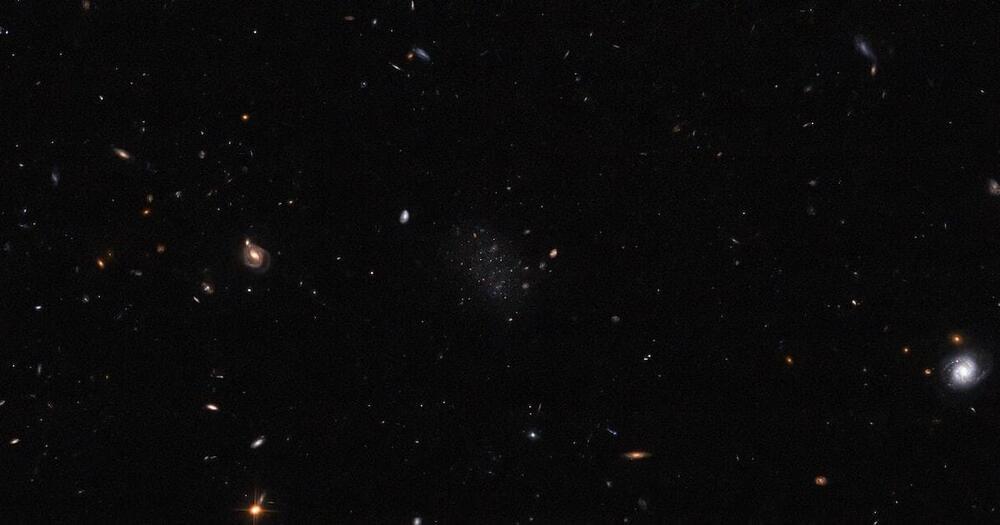
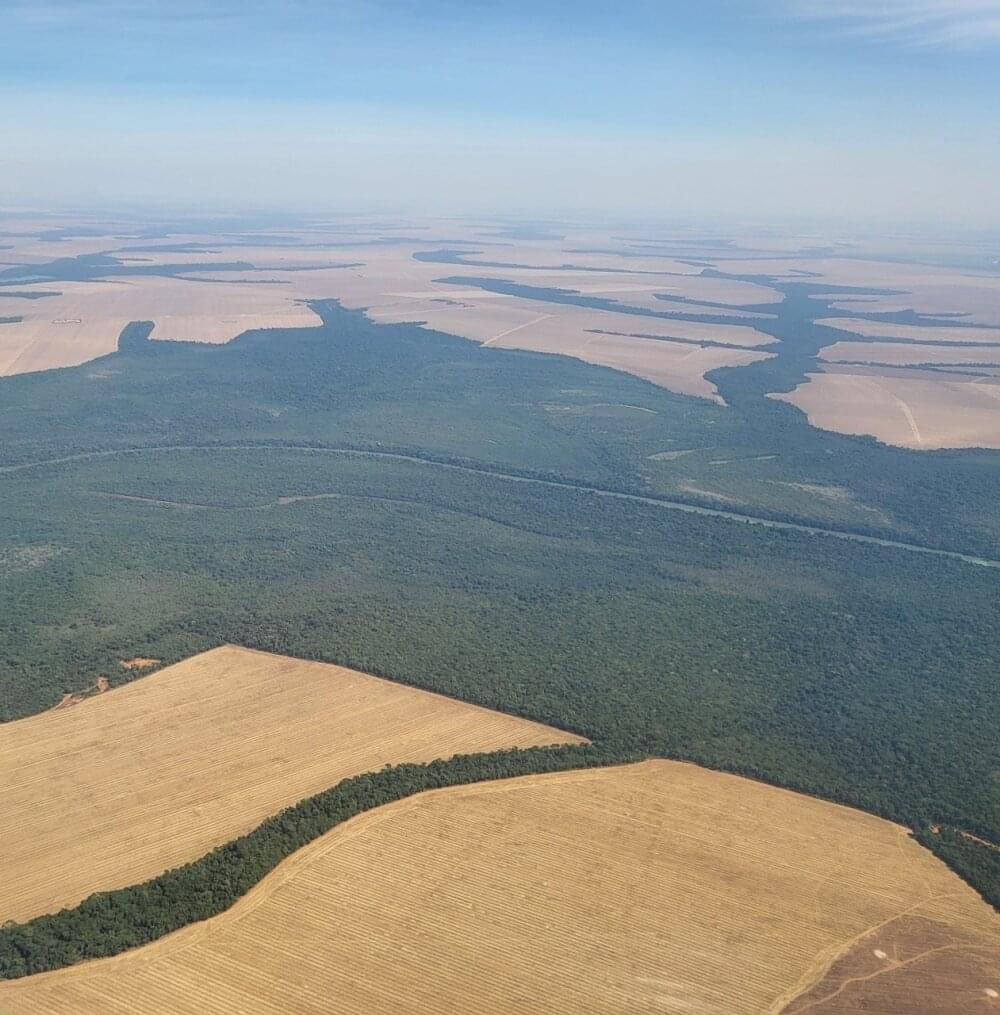
The number of active fires recorded in the Brazilian Amazon in August-September 2022 was the highest since 2010, according to an article published in the journal Nature Ecology & Evolution. Besides the record number of fires (74,398), the researchers found they were due not to extreme drought, as in 2010, but to recent deforestation by humans.
“The idea of publishing our findings came up when we analyzed data provided free of charge by the Queimadas program,” said Guilherme Mataveli, first author of the article. ‘Queimadas’ in Portuguese means burnings, and he was referring to the forest fire monitoring service run by the National Space Research Institute (INPE). Mataveli is currently a postdoctoral researcher in INPE’s Earth Observation and Geoinformatics Division.
The number of fires typically rises every year in August and September, when the weather favors fire in about half of the Amazon. “But the surge in the number of fires in 2010 was due to an extreme drought event that occurred in a large part of the region, whereas nothing similar occurred in 2022, so other factors must have been to blame,” Mataveli said.

While the U.S. was busy celebrating the Super Bowl on Sunday night, Europeans had their own spectacle. Early Monday morning, a bright flash streaked across the skies over western Europe as an asteroid discovered just hours earlier made its impact with Earth’s atmosphere. The asteroid, dubbed Sar2667, was first detected on the evening of Feb. 12 by astronomer Krisztián Sárneczky in Hungary.